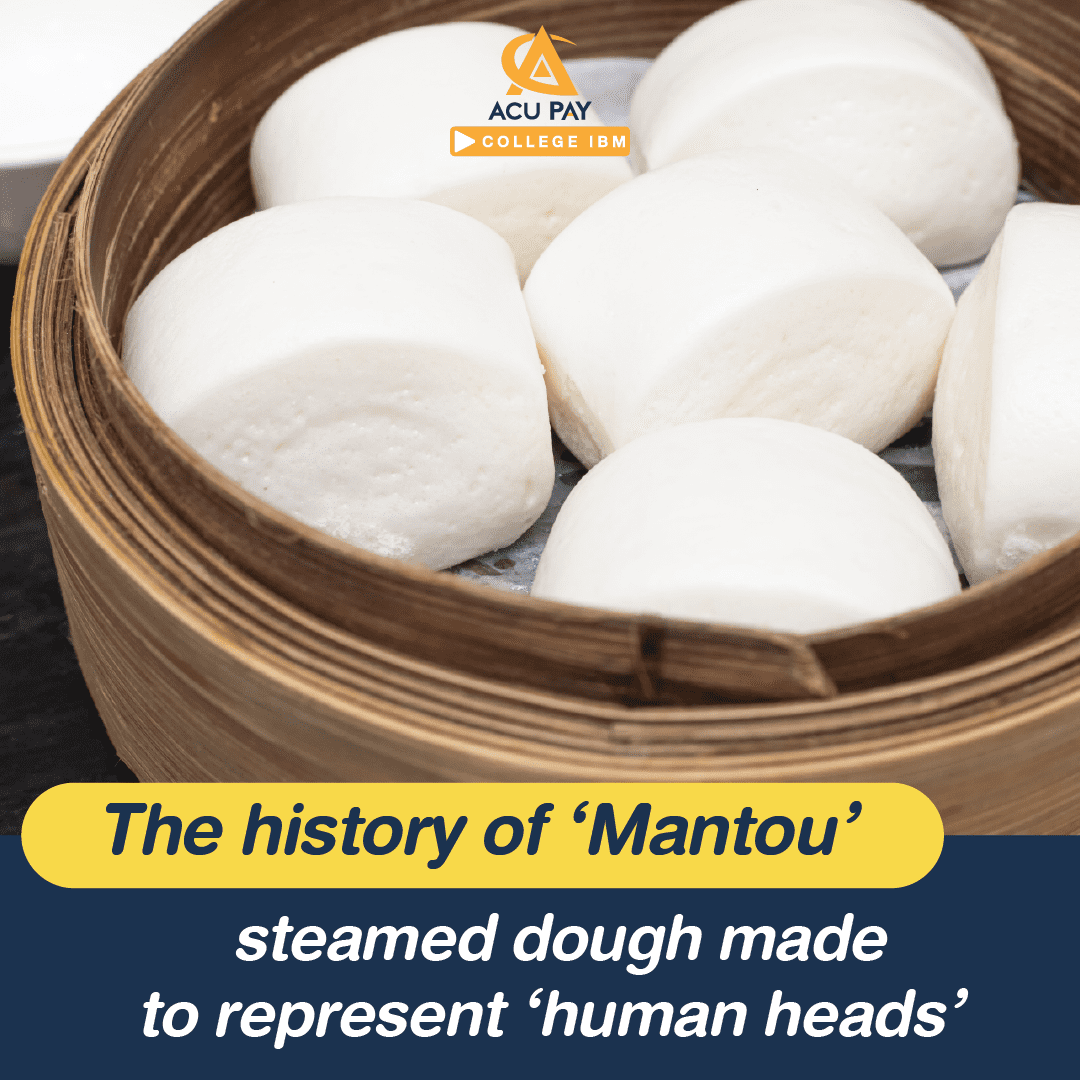

Let’s learn about market evolution from the past to the present. What is its background and how has it changed? The market segmentation is based on books that are very talked about in the marketing industry like Marketing 5.0 by Philip Kotler and two other writers, Hermawan Kartajaya and Ivan Setiawan, to review the marketing history and evolution of each period. The summary is summarized as follows:
Marketing 1.0 (Product Centric) is a marketing that uses products to be a center. It focuses on producing the best products, outperforming the competitors in terms of quality control and raw materials. The focus is on compactness and luxury to satisfy the rich Baby Boomer generation. It focuses on production called 4P (Product, Price, Place, Promotion). However, this type of marketing has the disadvantage that after production, consumers may not necessarily need it.
Marketing 2.0 (Customer Centric) is a marketing that uses customers to be a center. This marketing trend became more pronounced around the 1980s during the recession, causing a sharp decline in consumer purchasing power. As a result, marketing 2.0 businesses have stopped producing products for all people and do marketing specifically to consumers and focus on the target group that they want. It’s an era where marketers understand that there is not only one type of customer and not everyone in the world would be a user of the products. In addition, this era has shifted its focus from building customer satisfaction to building long-term relationships with customers to make them repurchase the products again.
Marketing 3.0 (Human Centric) is marketing with a focus on the whole society and taking care of human beings together. In the Y generation era, there was a big financial crisis around the world that Thais called the “Tom Yum Kung Crisis” which resulted in great changes in the market. This generation of consumers wanted brands and businesses to produce products, offer services, and create a culture that would have a more positive impact on society and the environment. Therefore, the business model of that era had to focus on social responsibility and the environment.
Marketing 4.0 (Traditional to Digital) is marketing which connects technology and digital. Due to the transition from the analog era to the digital era, social media and e-commerce businesses are becoming increasingly active. As a result, marketers have to change their way of communicating products and services through traditional media to digital media in an online platform to keep up with technology.
Marketing 5.0 (Technology for Humanity) is marketing which uses technology to improve the quality of social life. Marketing 5.0 is a combination of Marketing 3.0 and Marketing 4.0. It is believed that this concept will make businesses in the market more sustainable in society.
In addition, the market in this era will focus on databases or Big Data as a source of marketing information. Due to consumer behavior in Generation Z and Generation Alpha era, there will be an online product trade easily via the smartphone screen. Thus, all of the consumer data and behavior is recorded in millions of codes, and these are the treasures that marketers need.
It can be seen that the concept of marketing has changed according to the generations and developed along with more convenient technologies. For example, organizations or companies have shifted to e-commerce businesses to support global sales 24 hours a day, which resulted in the creation of digital marketing to serve the needs of consumers.